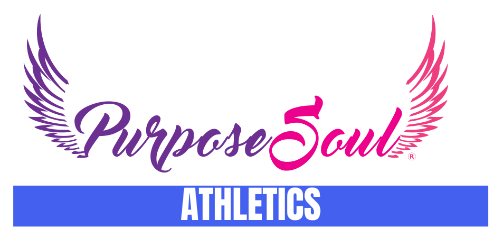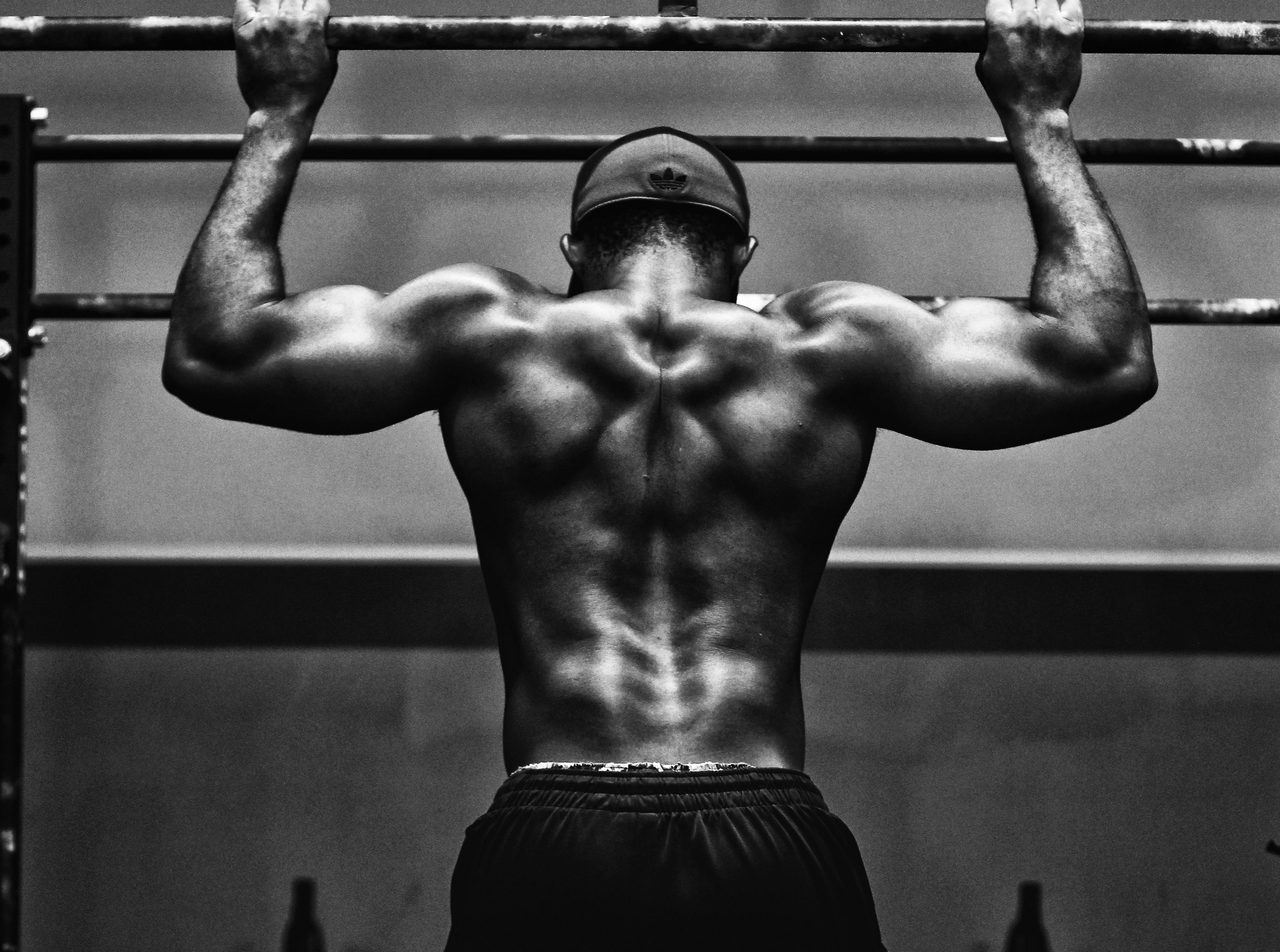Maintaining mental health is as much of a habit as any other wellness routine like brushing your teeth. For athletes, where pressure is a constant presence, it’s incredibly important to have a mental wellness routine. In mental health coaching, I work with individual athletes to develop a personalized plan. In this article, I’m sharing some of the most popular practices.
1. Distinguish Ego Actions
“Is what I am about to say or do going to bring me peace?” – Dr. Wayne Dyer on the topic of your ego
In competition, you need your ego to help you play fearlessly, but even then you have to strike a balance as a team player. The same goes for everyday life. Dr. Dyer often said that “ego” stands for Edging God Out. We all use our ego-mind every day, but the next time you get worked up, try pausing and thinking about will bring you the most peace—not satisfaction from vindication, but spiritual soulful peace. You can stand up for yourself and be a fierce, fearless competitor without giving your ego full control.
2. Listen to Your Body
“Emotion arises at the place where mind and body meet. It is the body’s reaction to your mind—or you might say a reflection of your mind in the body.” – Eckhart Tolle, Practicing The Power of Now
Your body will tell you all you need to know about your mental wellbeing and your emotions. Sometimes those cues will be subtle and sometimes they will be overwhelming. Because the mind is so powerful, the body may intervene when it needs you to pay more attention. Those cues may range from something that will get your immediate full attention like a panic attack to smaller cues like clenching your jaw at night, fatigue, stomach pains, etc. Your body reacts to your thoughts, emotions, and stress. The systems aren’t separate. When you notice uncomfortable weird, new sensations, especially when they are repetitive, take a step back to see what that’s all about. Athletes know their bodies better than anyone, so listen to it.
3. Mental Health Days
Speaking of taking time off to explore those cues from your body, sometimes everyone needs a mental health day. Some companies even offer these days as paid time off in their benefits packages. So what exactly is a mental health day and what do you do with one? Simply put, it’s a day or two or three for you to clear your mind and breathe. People often use this time to do some of their favorite activities to help them unwind. I recently took a three-day at-home retreat where I spent the bulk of my days in reflection and exploring some issues I needed the space to begin to work through. The daily grind is tough and exhausting, which sometimes doesn’t leave you with enough time or energy to unwind and disconnect. Mental health days can help you do just that and maintain your mental and emotional wellbeing. I offer at-home mental health retreat days as a coach and I invite you to contact me if it’s something you’re interested in learning more about.
4. 5-Minute Meditations and Mindfulness
Mindfulness is being fully present in the moment without distraction. Meditation is using your breath to create space between your thoughts and your reactions. All you have to do is slow down for just a few minutes to bring peace to your day. There is a resource dedicated to this topic on the PurposeSoul® Athletics website where you can read about the benefits mindfulness and meditation for athletes.
Practicing meditation for just five minutes a day can make a big difference in increasing your overall awareness and perception, which will benefit all areas of your life and sport. Because I’m a very active person, I like to combine meditation with mindful movement (see point 5 below). I start with two to three minutes of mindful movement and then I practice meditation for another two to three minutes by sitting or lying down while inhaling and exhaling slowly letting my thoughts float away. The key is to not have expectations about what you will feel or what the outcome will be. Just be.
5. Mindful Movement
Athletes and exercise go hand-in-hand. While there is the benefit of physical release in training and playing your sport, there’s a different mental release that happens outside of games, practices, and weight rooms. Mindful movement isn’t rigid training; it’s fluid movement with focused breathing.
Try this as an example: Stand with your arms at your side. Close your eyes. Inhale slowly while lifting your arms up over your head slowly. Pause here for a moment. Exhale slowly while bringing your arms back down. I like to imagine that as my arms float up, I’m gaining strength and clarity and as my arms float down to my side, that all tension, worries, and stress are leaving my jaw, my shoulders and my body.
6. Affirmations and Visualizations
Both affirmations and visualizations are a deliberate focus on the end result. I use affirmations every single morning. They are written on a paper next to my bed so it’s the first thing I see when I wake up. The time between the sleeping state and becoming fully awake is the perfect opportunity to train your brain with positive affirmations because your conscious mind hasn’t fully taken over just yet.
I also regularly practice visualizing the end result that I’m seeking as if I’m living it in the moment. You’ve probably heard of athletes who visualize every game and their performance before it happens. It’s a powerful way to build your belief and retrain any negative thought habits. Just like any habit, the more you practice, the better the result.
Your daily mental health practice should ultimately be personalized, which we can work on in mental health coaching. Message me on Instagram at @TheMistyBuck or click here to contact me.

